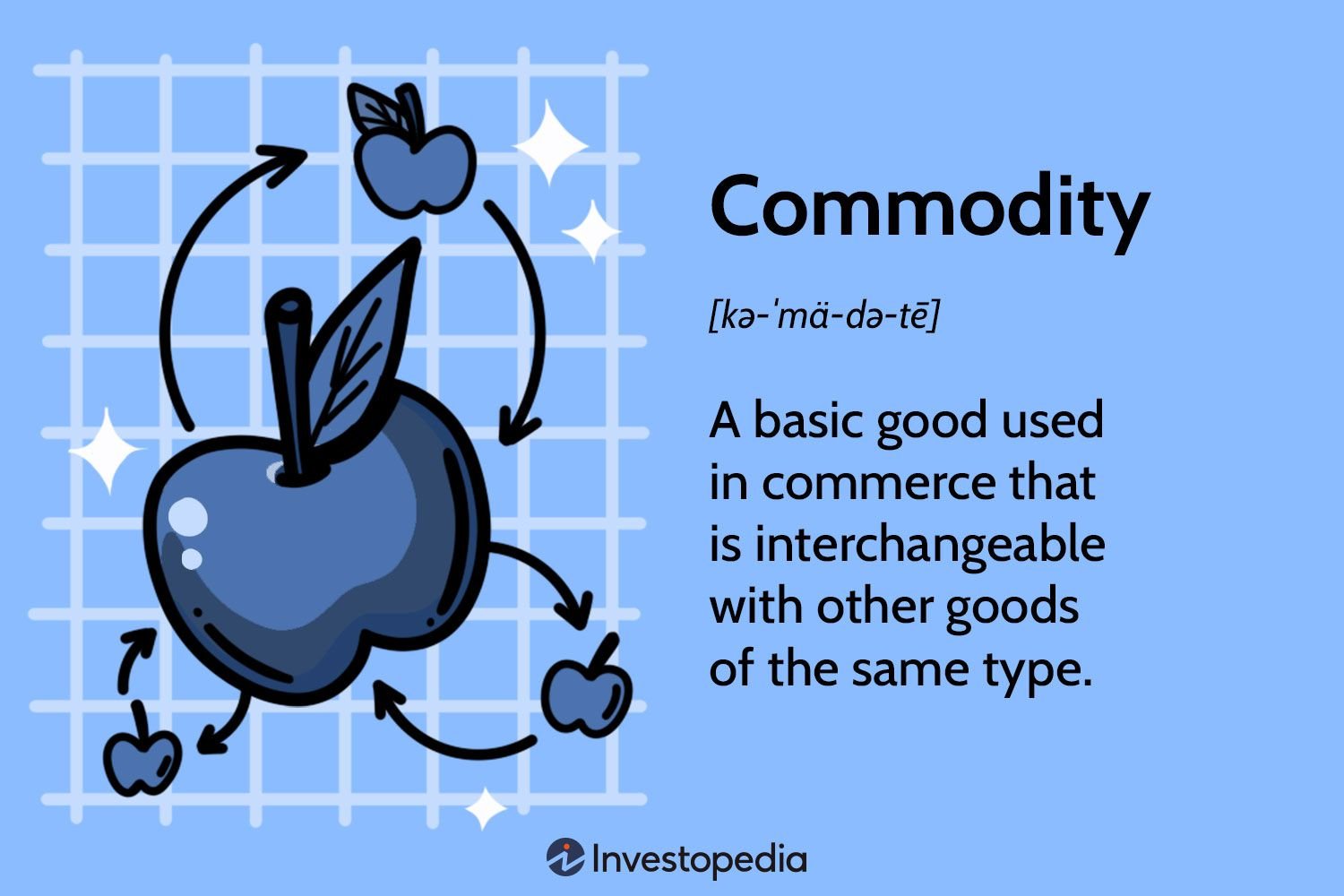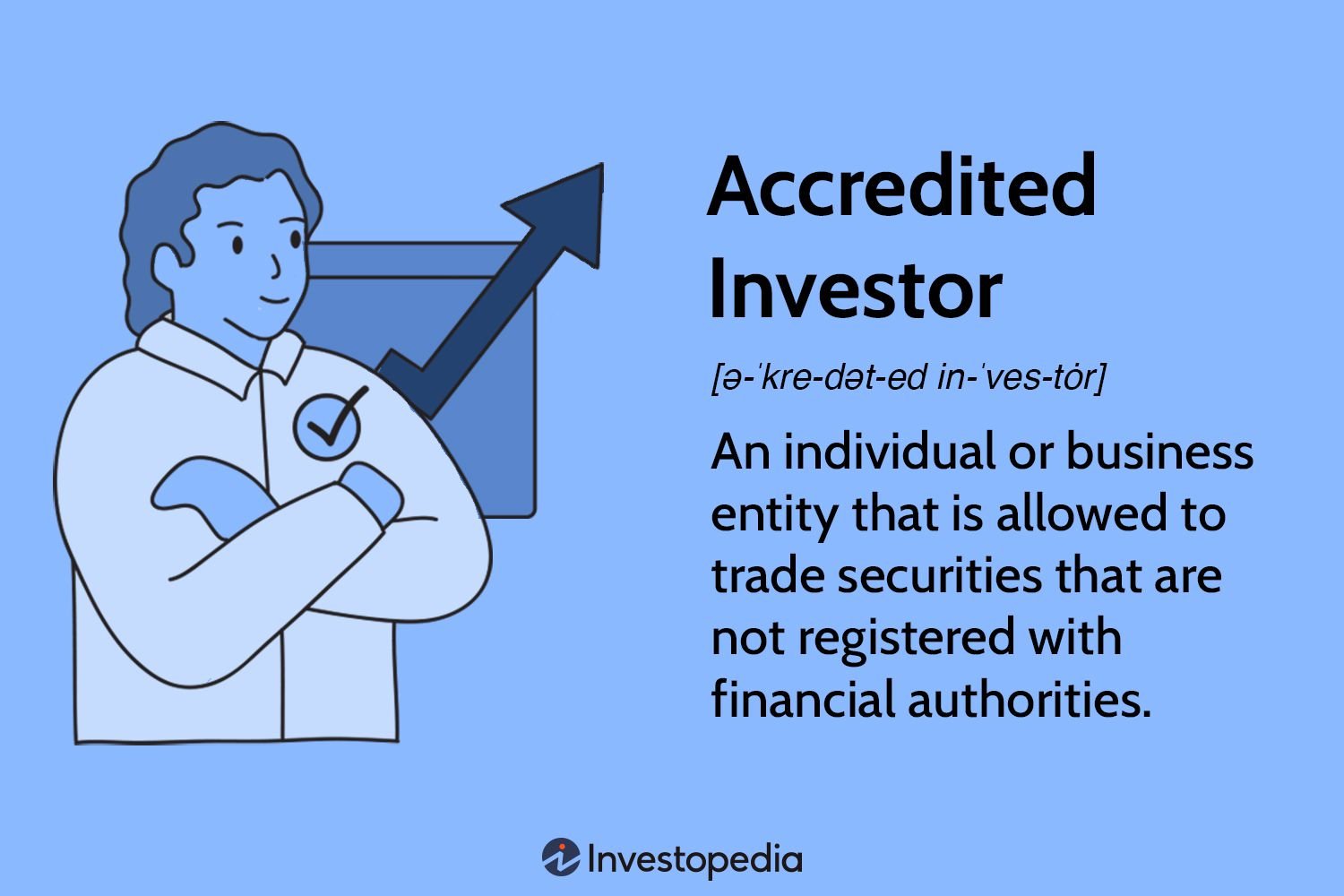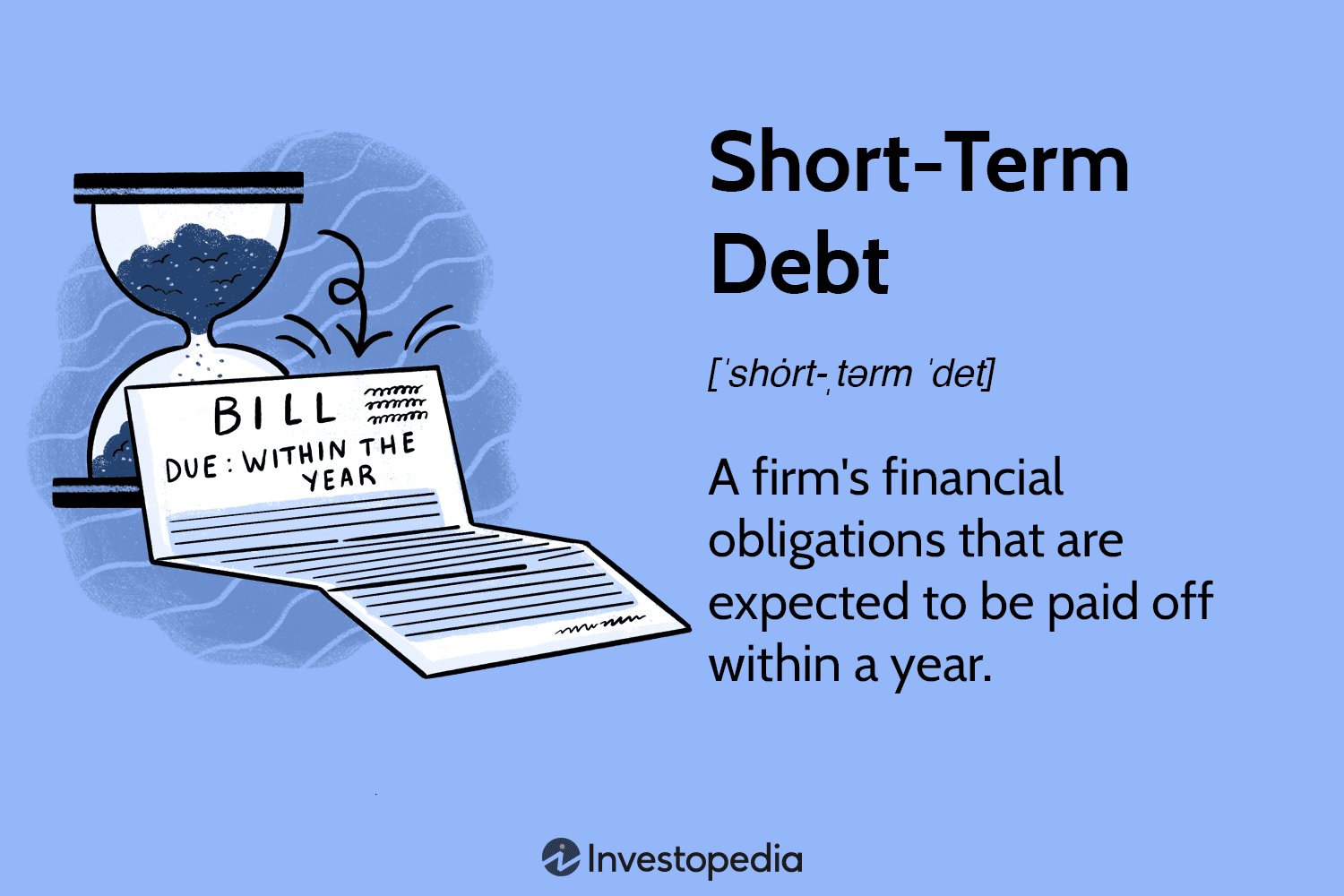Commodity trading may seem complex at first, but understanding its basics is crucial for anyone looking to navigate the world of investment and financial markets. Whether you’re a beginner or looking to expand your knowledge, this article will provide you with a comprehensive understanding of commodity trading basics. From the fundamental concepts to practical tips, we’ve got you covered. So, let’s dive right in and demystify the intriguing world of commodity trading, unraveling its intricacies one step at a time.
Understanding Commodity Trading Basics
Introduction to Commodity Trading
Commodity trading is the buying and selling of raw materials or primary agricultural products such as crude oil, gold, coffee, wheat, or copper. It is an essential part of the global economy and provides opportunities for investors, traders, and businesses to participate in the market. Commodity trading can be done through various platforms, including futures contracts, options, and exchange-traded funds (ETFs).
Why Trade Commodities?
Trading commodities offers several advantages that attract investors and traders from around the world. Some key benefits include:
1. Diversification: Commodities offer a way to diversify an investment portfolio beyond traditional stocks and bonds. They often have a low correlation with other asset classes, which can help reduce overall portfolio risk.
2. Inflation Hedge: Certain commodities, such as gold and oil, tend to perform well during periods of inflation. Investing in these commodities can act as a hedge against rising prices and help protect purchasing power.
3. High Liquidity: Commodity markets are highly liquid, meaning that buying and selling can be done quickly and easily. This liquidity ensures that traders can enter and exit positions without significant price impact.
4. Global Demand: Commodities are essential for the functioning of economies worldwide. The continuous demand for resources creates opportunities for traders to profit from price fluctuations.
Types of Commodities
Commodities can be categorized into four main groups: energy, metals, agriculture, and livestock. Understanding the characteristics of each type is crucial for successful commodity trading:
1. Energy Commodities
Energy commodities include crude oil, natural gas, heating oil, and gasoline. These commodities are primarily used for energy production, transportation, and heating purposes. Energy commodities are influenced by factors such as geopolitical events, weather conditions, supply and demand dynamics, and government policies.
2. Metal Commodities
Metal commodities consist of precious metals like gold, silver, and platinum, as well as industrial metals like copper, aluminum, and zinc. Precious metals are often seen as a safe haven investment during uncertain economic times, while industrial metals are influenced by factors such as industrial demand, production levels, and global economic conditions.
3. Agricultural Commodities
Agricultural commodities include wheat, corn, soybeans, coffee, cocoa, and sugar. These commodities are influenced by factors such as weather conditions, global supply and demand, government policies, and currency fluctuations. Agricultural commodities are often traded based on seasonal patterns and the impact of crop reports.
4. Livestock Commodities
Livestock commodities include live cattle, lean hogs, and feeder cattle. The prices of these commodities are influenced by factors such as livestock production, consumer demand for meat products, disease outbreaks, and weather conditions. Traders in livestock commodities closely monitor factors that impact the supply and demand dynamics of the livestock industry.
Commodity Trading Methods
Commodity trading can be done through various methods, each with its own characteristics and complexities. Here are some common methods:
1. Futures Contracts
Futures contracts are agreements to buy or sell a specific quantity of a commodity at a predetermined price and date in the future. These contracts are standardized and traded on exchanges, providing transparency and liquidity. Futures trading allows participants to speculate on price movements or hedge against price risks.
2. Options
Options give traders the right, but not the obligation, to buy (call option) or sell (put option) a commodity at a specific price within a defined period. Options provide flexibility and can be used for strategies such as hedging, speculation, or income generation. However, options trading requires a deeper understanding of market dynamics and options pricing.
3. Exchange-Traded Funds (ETFs)
Commodity ETFs are investment funds that track the performance of a specific commodity or a basket of commodities. These funds can be traded on stock exchanges like individual stocks. Commodity ETFs provide an easy way for investors to gain exposure to the commodity markets without directly trading futures contracts or physical commodities.
4. Physical Trading
Physical trading involves the direct buying and selling of physical commodities. This method is usually employed by businesses involved in the production, distribution, or consumption of commodities. Physical traders need to manage logistics, storage, and quality control aspects of the commodities they trade.
Factors Affecting Commodity Prices
Commodity prices are influenced by a multitude of factors, some of which include:
1. Supply and Demand: The fundamental principle of supply and demand plays a significant role in determining commodity prices. If supply exceeds demand, prices may decrease, while a shortage of supply can lead to price increases.
2. Macroeconomic Factors: Commodity prices are influenced by global economic conditions, such as GDP growth rates, interest rates, inflation, and currency exchange rates. Economic indicators can provide insights into the overall demand for commodities.
3. Geopolitical Events: Political instability, wars, sanctions, and trade policies can significantly impact commodity prices. For example, conflicts in oil-producing regions can disrupt oil supply, leading to price volatility.
4. Weather Conditions: Weather patterns, such as droughts, floods, or extreme temperatures, can affect agricultural commodities. Crop failures or bumper harvests can cause significant price fluctuations.
Risks and Challenges in Commodity Trading
While commodity trading offers opportunities for profit, it also involves risks and challenges that traders should be aware of:
1. Price Volatility: Commodity prices can be highly volatile, influenced by various factors that are often beyond the control of individual traders. Sudden price swings can result in significant gains or losses.
2. Leverage and Margin Requirements: Trading commodities on margin involves borrowing funds to amplify potential returns. However, leverage also amplifies losses, and traders need to manage risk carefully to avoid margin calls and potential liquidation of positions.
3. Market Knowledge and Analysis: Successful commodity trading requires a deep understanding of market dynamics, supply and demand factors, global events, and technical analysis techniques. Traders need to continuously educate themselves and stay informed about the factors affecting their chosen commodities.
4. Regulatory and Compliance Risks: Commodity markets are subject to regulations to ensure fair practices and protect market participants. Traders need to be aware of legal and compliance requirements, including reporting obligations and risk management frameworks.
In conclusion, understanding commodity trading basics is essential for anyone interested in participating in the commodity markets. By knowing the types of commodities, trading methods, factors influencing prices, and associated risks, traders can make more informed decisions and potentially benefit from the opportunities presented by commodity trading.
Commodities Market For Beginners | Edelweiss Wealth Management
Frequently Asked Questions
Frequently Asked Questions (FAQs)
What is commodity trading?
Commodity trading refers to the buying and selling of goods that are classified as commodities. These commodities can include agricultural products, such as wheat or corn, as well as energy resources like oil and natural gas. The trading of these commodities usually takes place on regulated exchanges.
How does commodity trading work?
Commodity trading involves traders speculating on the price movements of various commodities. Traders can enter into futures contracts, which allow them to buy or sell a specific quantity of a commodity at a predetermined price and date in the future. Profits or losses are made based on the difference between the buying and selling prices.
What are the benefits of commodity trading?
Commodity trading offers several advantages, including portfolio diversification, potential for profit in both rising and falling markets, and a hedge against inflation. It also provides opportunities to trade in globally recognized commodities and access to high liquidity.
What are the risks involved in commodity trading?
Commodity trading carries certain risks, including price volatility, geopolitical factors, weather conditions, and regulatory changes. Additionally, leverage use can amplify gains but also increase losses. It is essential to thoroughly understand these risks and adopt risk management strategies.
How can I start trading commodities?
To start trading commodities, you will generally need to open an account with a brokerage firm that specializes in commodities trading. After opening an account, you can deposit funds, select the commodities you wish to trade, and begin placing trades through the trading platform provided by the brokerage.
Is commodity trading suitable for beginners?
Commodity trading can be complex, and beginners may face challenges. However, with proper education, understanding of market dynamics, and risk management, beginners can gradually learn and grow in commodity trading. It is crucial to start with small investments and seek guidance from experienced traders or professionals.
What factors influence commodity prices?
Commodity prices can be influenced by various factors, including supply and demand dynamics, global economic conditions, geopolitical events, weather patterns, government policies, and currency fluctuations. Monitoring these factors and staying updated with relevant news can help traders make informed decisions.
What trading strategies can be used in commodity trading?
Different trading strategies can be employed in commodity trading, such as trend following, mean reversion, breakout trading, and spread trading. Traders may use technical analysis indicators, fundamental analysis, or a combination of both to identify potential trading opportunities and execute their strategies effectively.
Final Thoughts
Understanding commodity trading basics is essential for anyone looking to enter the world of commodities. It involves the buying and selling of raw materials such as gold, oil, or agricultural products. By familiarizing yourself with the key concepts, such as supply and demand, futures contracts, and market trends, you can gain a deeper understanding of how commodity markets operate. Additionally, knowing how to analyze market data and manage risk will help you make informed trading decisions. So, whether you’re a beginner or an experienced trader, understanding commodity trading basics is the first step towards achieving success in this dynamic industry.



